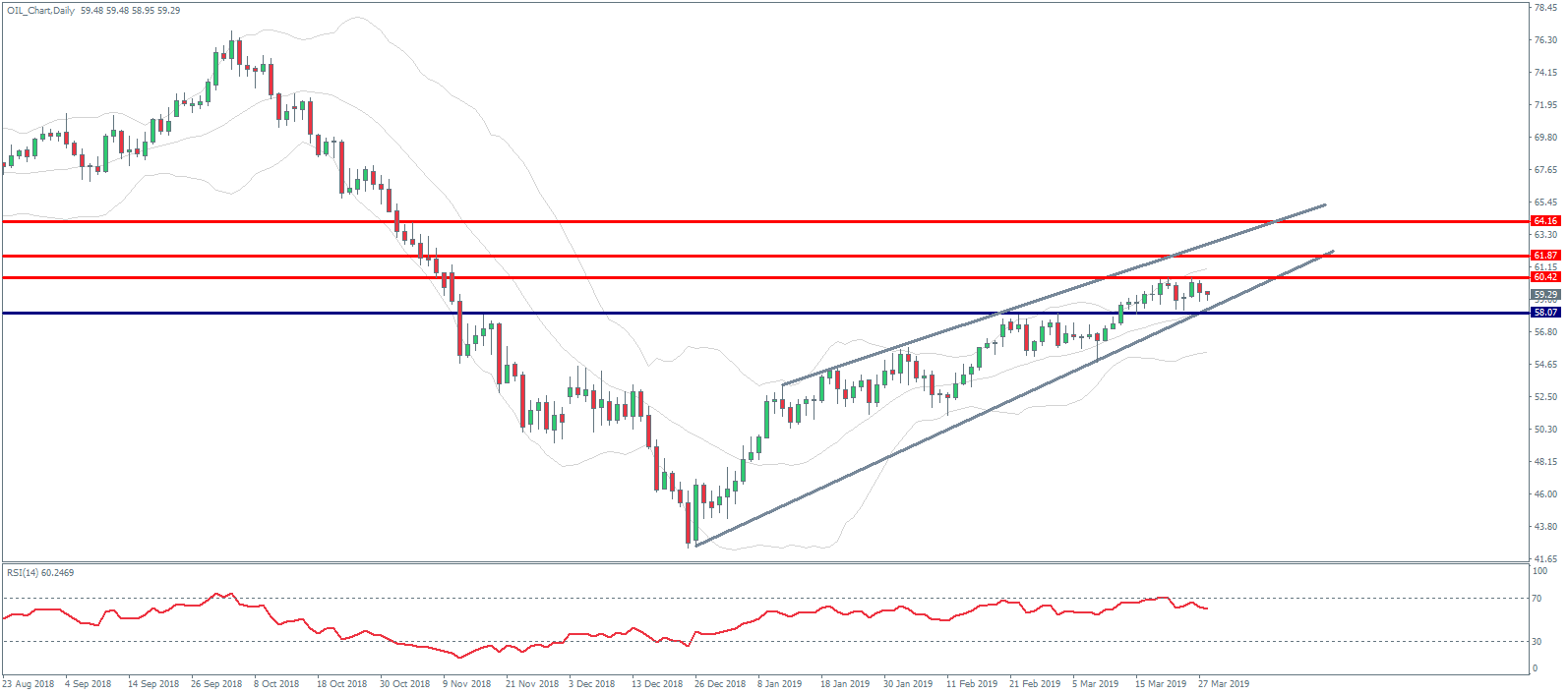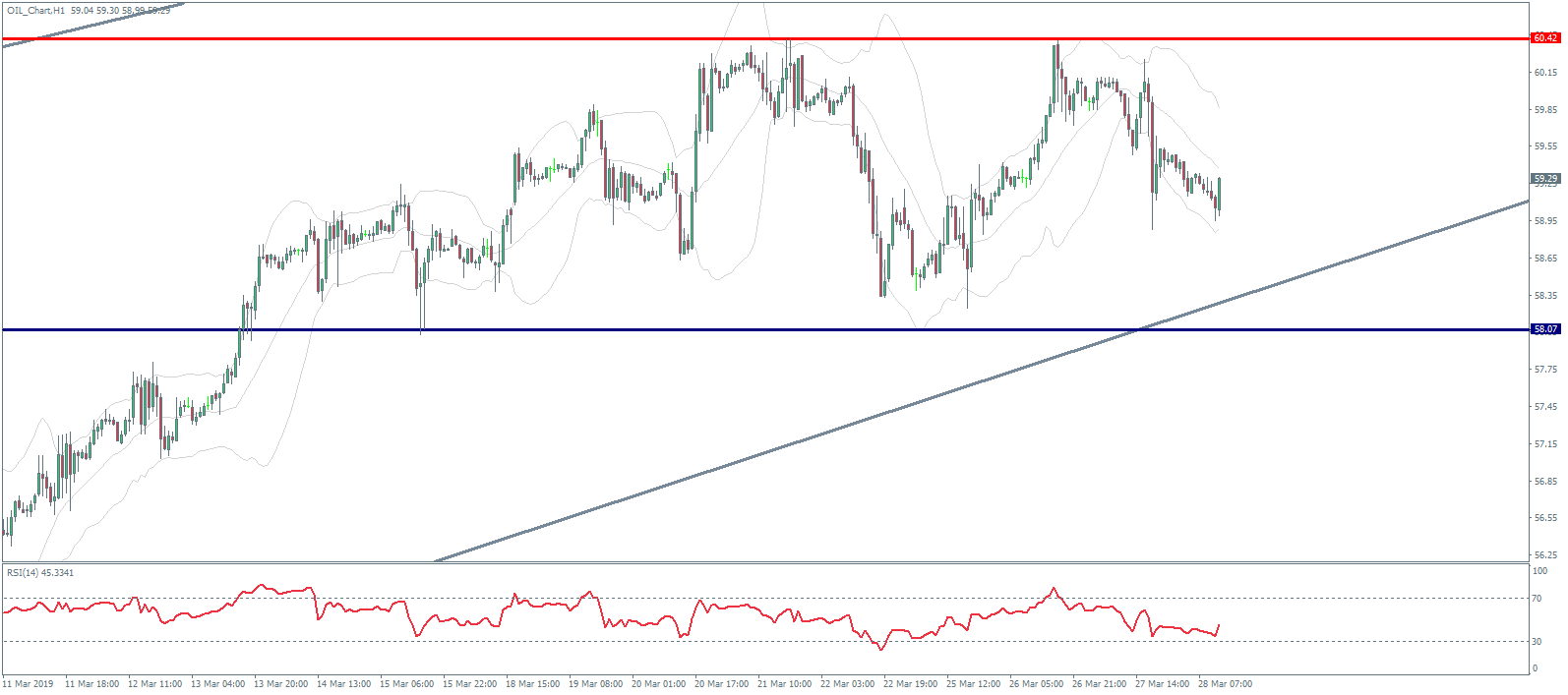The rally in crude oil prices this week was capped as the latest industry report highlighted a build in crude oil stockpiles. The Energy Information Administration report for the week ending March 22 showed that US crude inventories rose by 2.8 million barrels.
This was far above the expected 1.2 million barrel decline that analysts were looking for. The driver behind the unexpected increase is the disruption caused to movements along the Houston Ship Channel which has slowed exports, keeping inventory levels stocked.
Indeed, crude inventory levels at the Cushing, Oklahoma delivery hub increased by 541k barrels over the week while net US crude imports were seen rising by 114k barrels per day. Net exports were down by 506k barrels per day highlighting the extent of the disruption along the Houston Ship Channel.
Houston Ship Channel Fire Causes Delays
The issue along the Houston Ship Channel was reportedly due to a tank fire, which caused benzene and other chemicals to leak into the water. Due to this, the US Coast Guard shut down the channel for a few days to allow for clean-up. However, the situation was only for a short while, and it should no longer impact the market next week.
Gasoline Stocks Down Also
Elsewhere, the data showed that refinery crude runs were down by 367k barrels per day. Refinery utilization rates fell by 2.3% and gasoline stocks dropped by 2.9 million barrels over the week. This slightly outstripped analyst expectations of a 2.8 million barrel fall. Similarly, distillate stockpiles which include diesel and heating oil were also down 2.1 million barrels. Again, this exceeded analyst expectations of an 896k barrel drop.
Despite news of the build, crude prices remain supported this week. The market is choosing to look through the temporary disruption in US exports and instead focus on the continued OPEC production cuts. News that the oil-producing cartel could decide to extend the duration of the production cuts at its June meeting in Vienna, is likely to keep price well bid moving forward.
OPEC Compliance Remains High
OPEC compliance remains high (above 80%) and there’s news that Saudi Arabia is aiming to reduce its production levels further over this month. This means the fundamental backdrop for crude remains supportive. The market is also dealing with supply restrictions in Venezuela due to the US sanctions imposed on both Venezuela and Iran. The sanctions seek to limit foreign purchases from these two suppliers.
US Sanctions In Focus
The upside price pressure from the sanctions has come into sharp focus this week. This is because the market is fast approaching a deadline on a waivers sanction regarding Iranian oil. The US administration must decide whether to let a small group of countries continue to buy from Iran. The benefit to this would be that it would allow increased supply to the market, bringing prices down as Trump would like. However, the political fall out could be costly for Trump. Therefore, it will be a difficult call to make. Furthermore, such a move would likely cause deeper OPEC cuts so the US might not even benefit from the waiver.
Technical Perspective: Short-Term Range Presents Breakout Opportunities

The higher time frame picture shows oil prices continuing to trade within the rising wedge which has framed price action over the year to date. 58.07 continues to provide support as price eyes the next key resistance levels of 61.87 and 64.16.
Dropping down onto the H1 charts, you can see that oil is currently trading a local range of 58.07 – 60.42. This offers plenty of opportunities to trade an upside break for the first test of 60.42. To the downside, the rising trend line support, along with 58.07, continue to be the key levels to watch.
